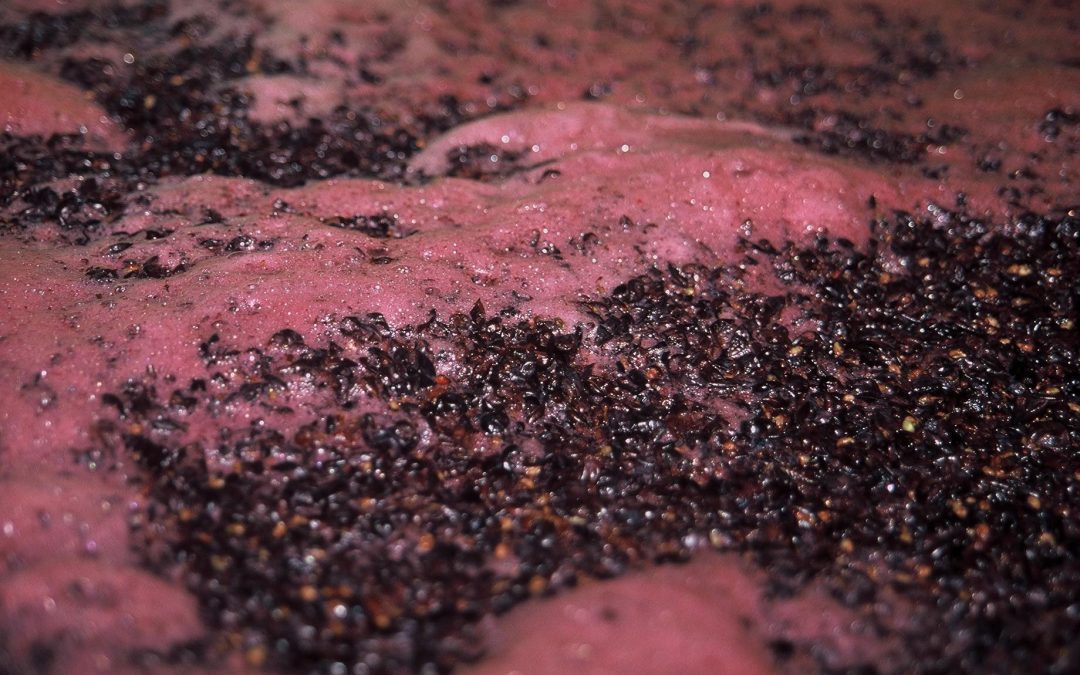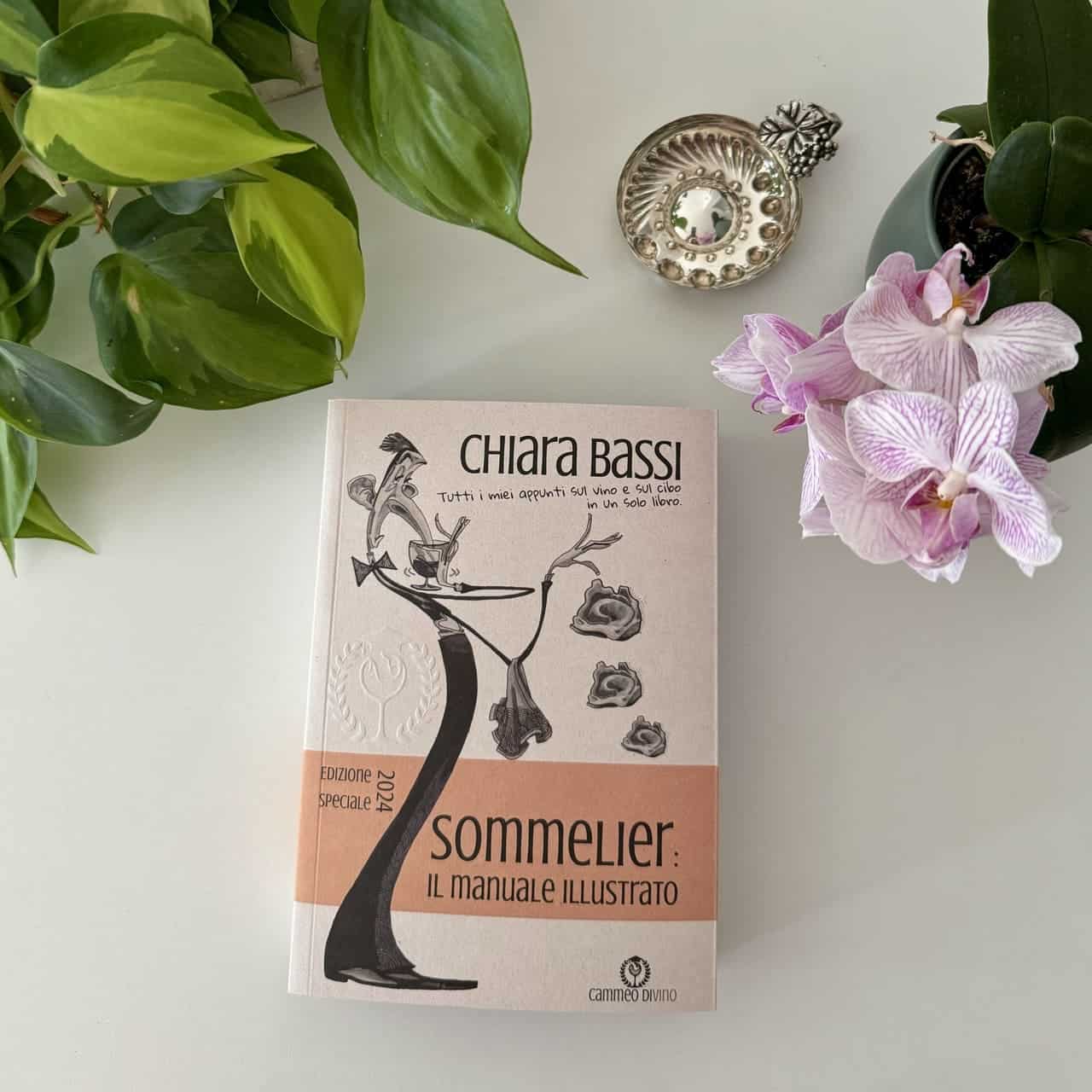Le cellar practices are a fundamental step in the production of wine in order to improve its stability and organoleptic qualities. Obviously, not all practices are good and make for a better wine. in this article I will tell you about the main cellar practices dealt with during the sommelier courseracking, draining, clarification, filtration, fermentation and pasteurisation. I will also mention some corrections that are made to the wine (correction of acidity, colour, alcohol content...) including the dreaded sulphur dioxide.
Cellar practices: racking
The pouring is the movement of wine from one container to another with the aim of separating the wine from the lees that settle at the bottom.
Cellar practices: filling
During the rest period, either because of the rising temperatures (wine drops by evaporation), either because of the decreasing temperatures (wine drops due to volume contraction) and both because of theabsorption of wine by woodCOLMATION is required. Filling consists of filling the container with wine through the FILLER CAP, a small glass vessel placed in the bung (exit hole of the cask) that contains some of the same wine. When the level of wine in the cask decreases, the wine contained in the bung drops into the cask. This practice serves to prevent oxidation and the development of harmful microorganisms.
Cellar practices: draining
During the rest period, due to the rising temperatures (wine increases by dilatation), it is necessary to perform the DISCOVERY. The draining consists of removing excess wine from the container through the FILLER CAP, a small glass vessel placed in the bung (exit hole of the barrel) that contains some of the same wine. When the volume of wine in the cask increases, the filler cap incorporates the excess. This practice serves to prevent overflow from the container and spillage of the wine.
You can now subscribe to my newsletter or scroll down the page to continue reading the article!
Cellar practices: clarification
Clarification is a practice performed at low temperature that consists of adding substances that form heavy aggregates with the particles to be removed, which then settle at the bottom of the container. The added substances may be organic (animal gelatin, vegetable gelatin, albumin, isinglass) or inorganic (aluminium sulphate, bentonite, potassium caseinate...) or a combination of these. I advise you to read this in-depth study on albumin and gelatin in clarification.
Cellar practices: filtration
La filtration is not a one-size-fits-all winery practice: it can have different methodologies and effects. Roughing filtration serves to eliminate the coarsest particles. Brightening filtration serves to eliminate all particles, even the smallest ones. Sterilising filtration not only removes all particles but also eliminates micro-organisms and makes the wine clear. Filtration, in absolute terms, neither impairs nor improves quality, it simply makes a wine with different characteristics. There are quality wines NOT FILTERED that have rested and retained their visual and organoleptic qualities intact.
Cellar practices: fermentation
Re-fermentation takes place by adding some fresh, concentrated or muted must and selected yeasts to the wine to restart fermentation. This practice serves to correct minor defects or to enrich the wine with more pronounced organoleptic characteristics. GOVERNO ALLA TOSCANA is a special form of refermentation that is made by adding a small portion of dried grapes to the new wine in December, and a second addition in spring. The resulting wine is colourful, fragrant, smooth and very balanced.
Cellar practices: pasteurisation
Pasteurisation is a thermal process that inactivates enzymes and destroys the microorganisms responsible for spoilage and disease. This process was invented by Pasteur in the second half of the 1800s precisely to 'sanitise' wine, which at the time was considered more hygienic than water and drunk more willingly (call them fools 😄). Today, this practice is only used for ordinary wines because, while the resulting wine is stable from an enzymatic and microbiological point of view, it loses most of its taste and smell qualities (exactly as happens with milk or beer).
You can now buy my book Sommelier: the illustrated manual or scroll down the page to continue reading the article!
Book "Sommelier: the Illustrated Manual" Special Edition 2024
All my notes on wine and food in one book.
€ 38,00 VAT included!
In stock (can be backordered)
Cellar practices: the main wine corrections
- Colour correctionIf you want to achieve a more intense and eye-catching colour, you can resort to cutting with wines with a more vivid colour.
- Correction of alcoholic strengthIf you want to obtain a wine with a higher alcoholic strength without resorting to the cut method, which is now in disuse, you can chill the wine to - 18°C to separate some of the water in the form of micro ice crystals.
- Acidity correction: If you want to obtain a wine with more acidity, you can add tartaric acid or citric acid. This practice is only recommended for young wines. If you want to obtain a wine with less acidity, you can add salts such as potassium bicarbonate, neutral potassium tartrate and calcium carbonate, which have the property of precipitating excess acids.
Sulphur dioxide (i.e. the dreaded sulphites) is added to wine to reduce oxidation and make it biologically stable. Put simply, it serves to inactivate enzymes, moulds, bacteria and preserve the taste and colour of the wine. It is in fact a preservative to all intents and purposes, and in food we find it labelled E220 (Sulphur Dioxide) and E221-E228 (Sulphites). Depending on its concentration, in combination with the alcohol contained in wine, it can have undesirable effects such as a headache, and this is also why usage limits have been set. Curiously, a number of urban legends have arisen about sulphites in wine from people who demonise them, forgetting that they are present in most food industry products such as wine vinegar, dried mushrooms, beer, fruit juices, dehydrated, glazed or candied fruit, seafood, shellfish, frozen vegetables, pickles and in oil, hamburgers...
For an in-depth look at thesulphur dioxide and sulphites in wine I advise you to read this article.
As always, I hope you enjoyed this article and found it useful!
Cheers 🍷
Chiara


